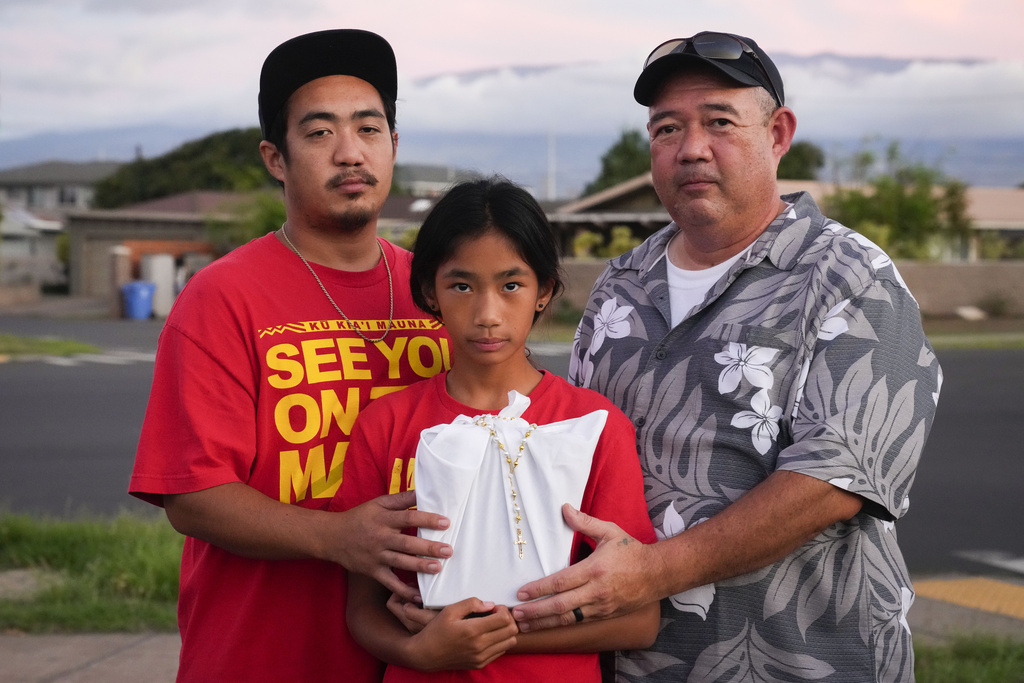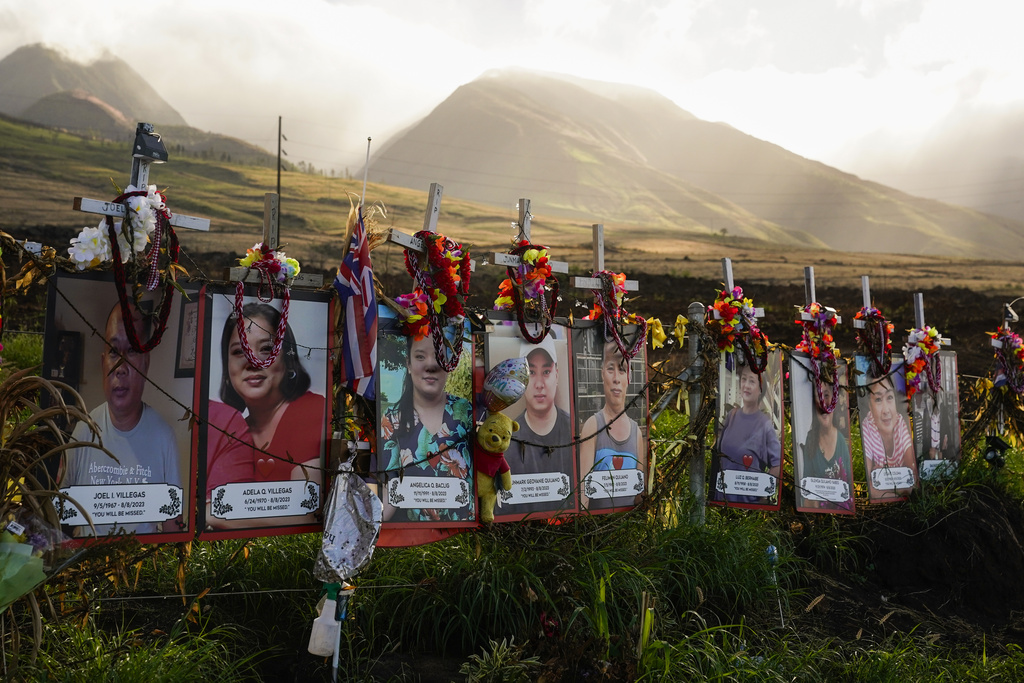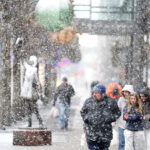Lahaina Wildfire Death Toll and Casualty Statistics, New Report \ Newslooks \ Washington \ Morning Edition \ J. Mansour \ A new report from the Fire Safety Research Institute, detailing the Lahaina wildfire, reveals how residents struggled to escape the devastating fire. Many victims, including an 11-year-old, perished while attempting to flee. The report criticizes Hawaii officials for not preparing adequately despite prior warnings, exacerbating the challenges of evacuation.
Lahaina Wildfire Report Quick Looks:
- Report by Fire Safety Research Institute reveals details of the Aug. 8, 2023, wildfire.
- Group of neighbors, including a child, died trying to escape the flames.
- Hawaii officials did not adequately prepare for the wildfire, despite warnings.
- At least 102 people died, and over 60% of victims were found near cars or along escape routes.
- Evacuation efforts were hindered by traffic jams, blocked roads, and poor infrastructure.

Deep Look:
The harrowing details of the deadliest U.S. wildfire in over a century have been revealed in a report released Friday by the Fire Safety Research Institute. The report recounts the frantic attempts of residents to escape the wildfire that tore through Lahaina on Aug. 8, 2023, killing at least 102 people. Among those who perished was a group of six neighbors, including an 11-year-old boy and his parents, who died only blocks from their homes while fleeing the flames.
The report, commissioned by Hawaii’s attorney general, focuses on the critical lack of preparation by Hawaii officials, despite warnings of extreme fire weather days before the fire struck. According to investigators, there was no evidence that state authorities took any measures to mitigate the looming danger, and this lack of action significantly hindered evacuation efforts.
The fire, which was fueled by dry conditions and hurricane-force winds, spread rapidly across Lahaina. The investigation revealed that the combination of poor infrastructure, heavy traffic, and limited escape routes played a major role in the high death toll. Many residents found themselves trapped in cars on congested roads blocked by downed power poles, malfunctioning traffic signals, and accidents, leaving them unable to outrun the flames.
Among the victims was Joseph Lara, an 86-year-old man found near his truck in a parking lot. His daughter, Misty Lara, believes he was trying to escape but became trapped in traffic. She expressed the anguish of wondering whether her father might still be alive if he had taken a different route. “He was alone,” she said, reflecting on his final moments.
The report emphasizes the terrifying experiences of the estimated 17,000 survivors, many of whom narrowly escaped death by driving through walls of fire, running on foot, or taking refuge in the ocean. Some victims sought safety in fast-food restaurants or other nearby buildings, but for many, these efforts proved futile.
In total, more than 60% of the deceased had attempted to flee, and nearly 80% of the victims were found in the central part of Lahaina, where the fire’s intensity allowed little time for evacuation. For most victims, the distance between their homes and the locations where their bodies were discovered was less than 800 feet. Many were found inside or near their vehicles, while others perished as they sought shelter behind a seawall or inside buildings.
The report points to Lahaina’s aging infrastructure as a key factor that made escape more difficult. Many families lived in multi-generational households, and with multiple cars parked on narrow, crowded streets, bottlenecks formed during the evacuation. Fire hydrants were blocked, and key escape routes were closed off due to locked gates.
Kuhua Street, in particular, became a deadly bottleneck. More than two dozen victims were discovered along this narrow road, which served as the only path to safety for many in the neighborhood. This was also where a firetruck was overtaken by flames, nearly killing a group of firefighters. In the same area, a car accident blocked the road, trapping 10 people who were found dead in or around their vehicles.
The elderly population of Lahaina was hit especially hard. Many older residents died in their apartments, either because they were unable to evacuate or lacked reliable transportation. One notable victim was Claudette Heermance, 68, who left her senior housing complex on a motorized scooter after calling 911. Unfortunately, her scooter ran out of power, and she was overtaken by the fire. She survived in hospice care for seven months before passing away in March, becoming the final victim to be identified from the fire.
The report serves as a stark reminder of the human toll of the Lahaina wildfire and underscores the need for improved infrastructure and better emergency planning to prevent future tragedies.







